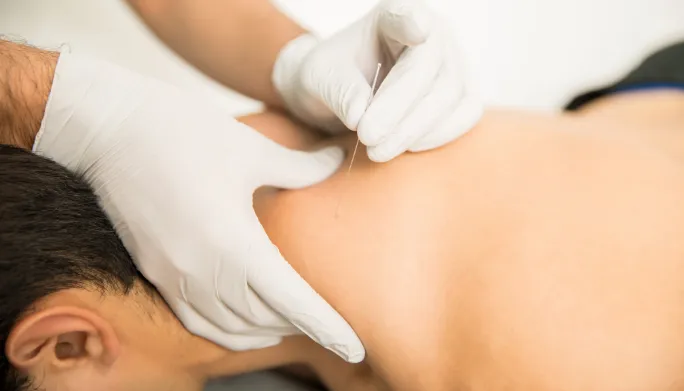Peptide Therapy for Muscle Recovery and Performance

Peptide therapy is gaining traction within health and fitness communities, especially for its potential role in muscle recovery and athletic performance. Peptides, short chains of amino acids, serve as building blocks for proteins necessary for numerous biological functions. Here is more information on how peptide therapy supports muscle recovery, promotes improved athletic performance, and the mechanisms behind these effects:
Understanding Peptides
Peptide therapy plays a direct role in accelerating muscle recovery post-exercise. When muscles endure stress or minor damage through physical activity, peptides can aid in rebuilding and repairing tissues. Certain peptides like BPC-157 and TB-500 are commonly involved in this process:
- BPC-157 attracts attention for its regenerative properties. It encourages the repair of connective tissue, tendons, and ligaments, which is particularly beneficial in addressing workout-induced microtears.
- TB-500 promotes cellular healing by increasing actin expression, a protein key for cell structure and movement. This helps speed up the repair mechanism in damaged muscle tissue.
Beyond repair, peptides reduce inflammation. By managing inflammation levels, athletes can experience reduced soreness, allowing them to return to activity faster. This mechanism fosters a healthier recovery cycle, preventing overtraining and long-term injury risks.
Enhancing Athletic Performance
Aside from recovery, peptides hold promise in boosting performance. Peptides like CJC-1295 and Ipamorelin stimulate the release of growth hormone (GH), which significantly influences muscle development and energy levels. Here is more information on these peptides:
- CJC-1295 increases the levels of IGF-1 (Insulin-Like Growth Factor 1), a hormone with anabolic effects on muscle tissues. Elevated IGF-1 levels contribute to muscle strength, endurance, and lean muscle mass growth.
- Ipamorelin works by stimulating the pituitary gland to release GH. This process not only aids in muscle development but also improves metabolic function, which can enhance stamina during intensive physical activities.
By influencing natural hormone pathways, these peptides optimize the body’s performance capabilities without direct hormonal injections, often seen as a safer alternative for athletes and workout enthusiasts.
Interacting With Cell Membranes
Peptides interact with receptors on cell membranes to trigger specific biological responses. This targeted approach sets peptide therapy apart, providing precision in addressing muscle recovery and performance challenges. Peptides like GHRP-6 (Growth Hormone Releasing Peptide-6) bind to receptors in the hypothalamus and pituitary gland, promoting the natural release of hormones necessary for recovery and growth.
Similarly, collagen-stimulating peptides enhance extracellular matrix repair in tendons and ligaments, adding additional layers of support to high-functioning muscle groups. Further, the potential for peptides to balance catabolic and anabolic states in muscle tissue emphasizes their relevance. They amplify anabolic processes (which build tissue) while reducing catabolic breakdown, providing a comprehensive solution for athletes under rigorous training.
Learn About Peptide Therapy
Peptide therapy offers targeted benefits for muscle recovery and performance enhancement. By facilitating faster tissue repair, improving hormonal release, and reducing inflammation, peptides like BPC-157, CJC-1295, and Ipamorelin cater to the specific needs of active individuals. Their mechanisms highlight the precision and efficiency of peptides as a tool for those aiming to optimize physical capabilities. Future research will continue to expand the understanding and applications of peptides, potentially solidifying their role in fitness and rehabilitation strategies.
- What to Expect When Visiting a Foot and Ankle Specialist
- Causes of PTSD
- The Link Between Plantar Fasciitis and Weight Gain: What You Need to Know
- How Pet Ownership Can Positively Impact Life with Fibromyalgia
- The Importance of Stretching and Flexibility in Sports Medicine
Dr. Emma Green is a health and wellness expert with over 10 years of experience in nutrition and fitness. Passionate about helping others live their healthiest lives, Dr. Green shares practical advice on wellness, nutrition, and sustainable living through LivingSpristine.






